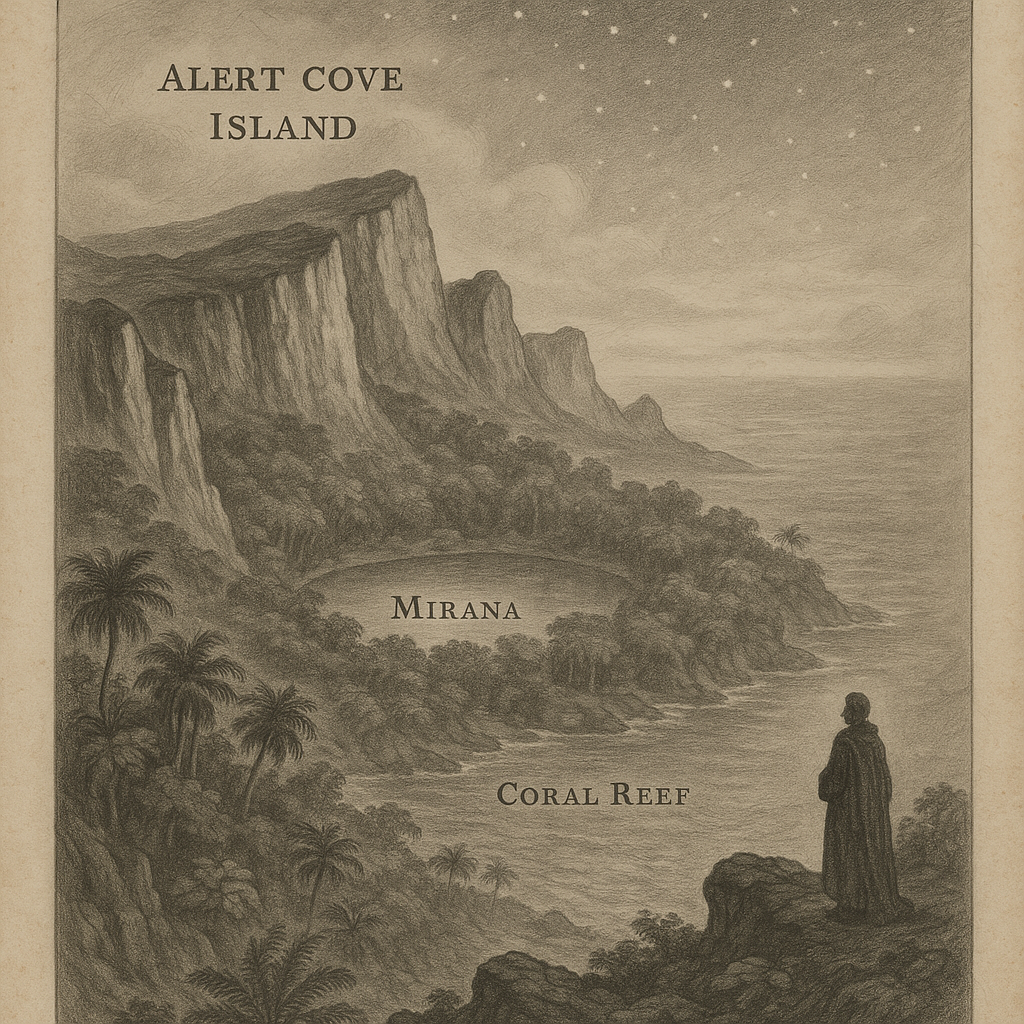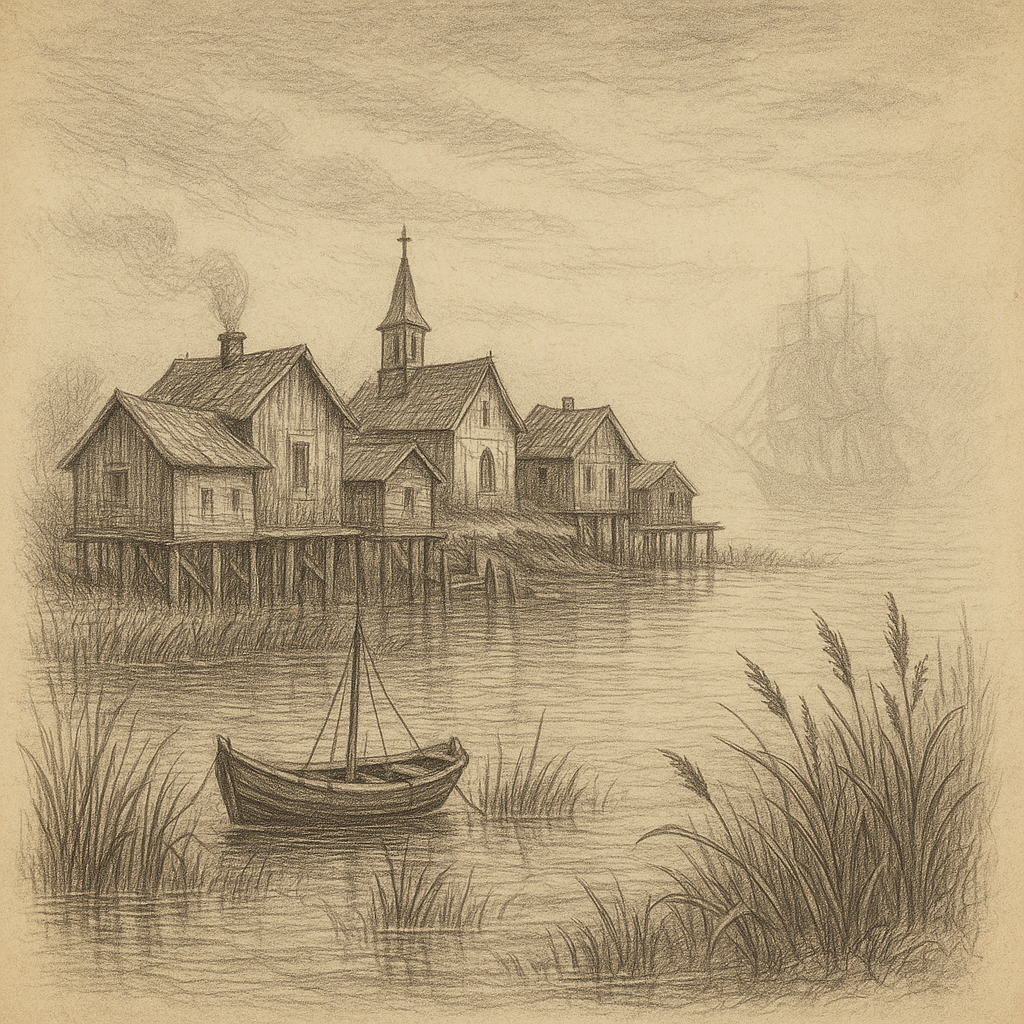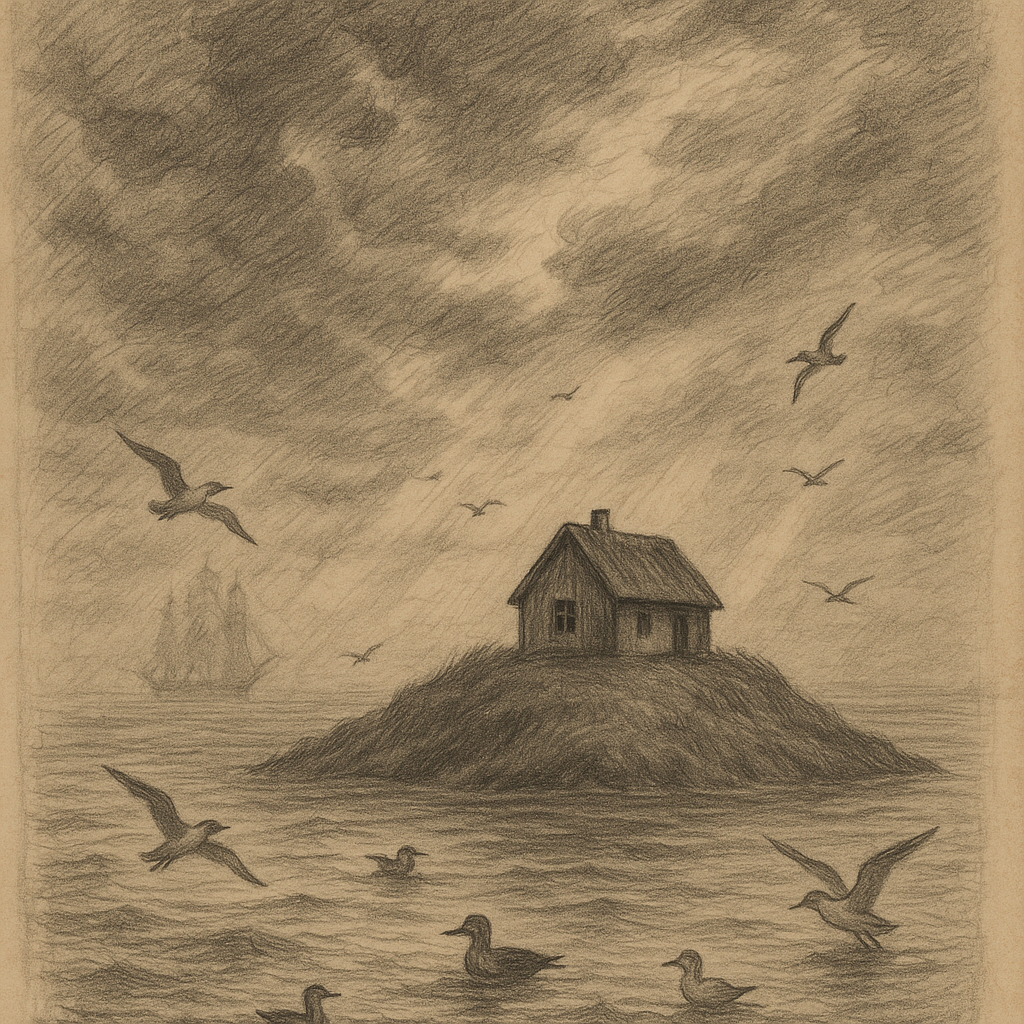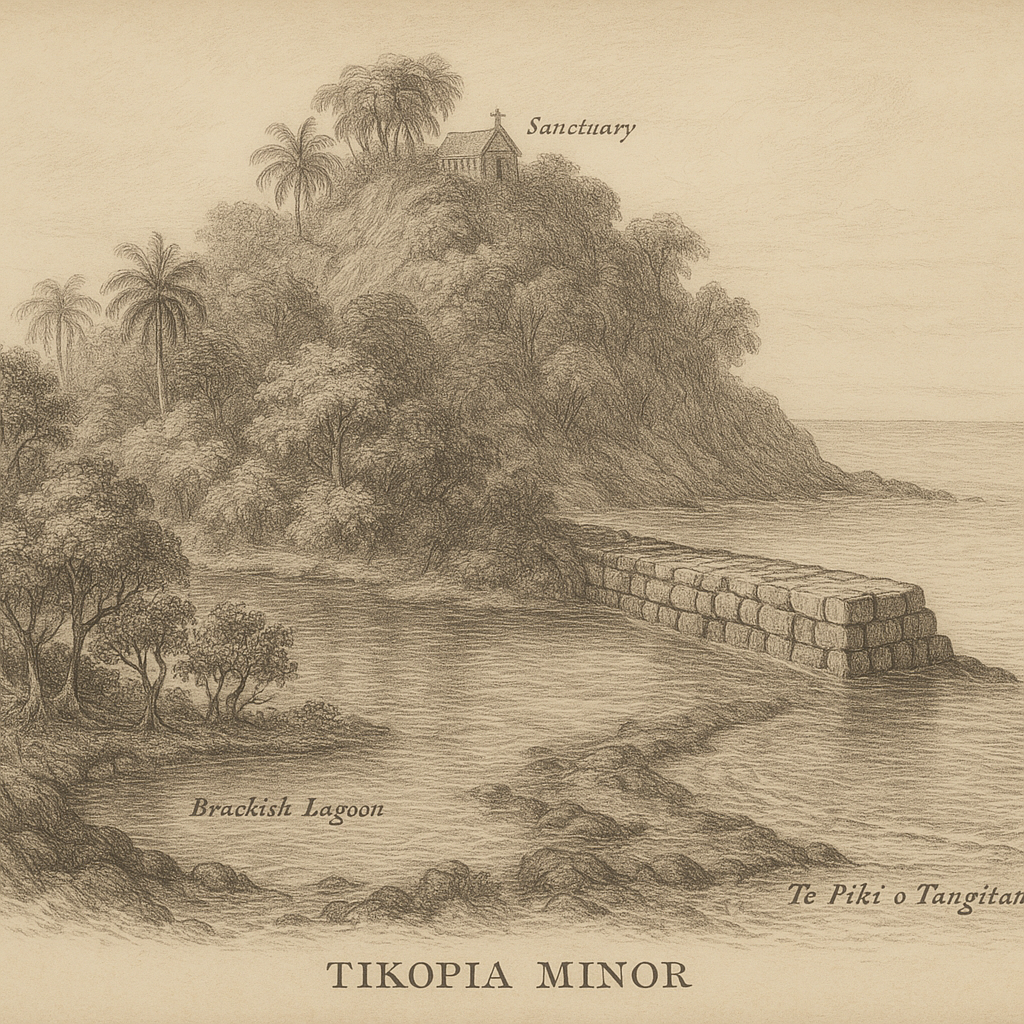Alert Cove Island: The Pacific’s Hidden Pearl
Alert Cove Island is a remote and enigmatic landmass nestled deep within the Pacific Ocean. Shrouded in isolation and mystery, this small island boasts breathtaking natural beauty, unique biodiversity, and a rich tapestry of lore. Despite its unassuming size, Alert Cove Island has fascinated explorers, biologists, and storytellers alike, offering glimpses into a past untouched by modern development and a present teeming with ecological and cultural intrigue.
Location and Geography
Alert Cove Island lies approximately 600 kilometers northwest of the Tuamotu Archipelago and over 1,000 kilometers east of the Solomon Islands, placing it at a remote point in the central South Pacific Ocean. The island spans a modest area of 18 square kilometers and features dramatic coastal cliffs, white sand beaches, and dense tropical vegetation. At its highest point, Mount Peregrine reaches 312 meters above sea level, offering panoramic views of the surrounding ocean and the coral reef that encircles much of the island.
The island lies on the Pacific Plate near the boundary of the East Pacific Rise, making it a product of ancient volcanic activity. The remnants of its volcanic origin are still visible in the form of basalt rock formations along the southern coast and a dormant crater lake in its interior, known locally as Lake Mirana.
Climate and Ecosystem
Alert Cove Island enjoys a warm, tropical maritime climate with consistent temperatures ranging between 24°C and 29°C year-round. Humidity is high, and the island receives an average of 2,300 mm of rainfall annually, mostly concentrated during the wet season from November to April. Trade winds bring consistent breezes throughout the year, shaping the island’s plant life and helping disperse seeds from neighboring archipelagos.
Despite its small size, Alert Cove Island is home to an impressive variety of flora and fauna. Much of its ecosystem developed in isolation, giving rise to several endemic species. The Alert Reef Warbler, a small songbird with a distinctive call, is found only on this island. Additionally, a species of land crab known as the Mirana Blue Crab populates the inland forests and streams.
Marine biodiversity thrives in the surrounding coral reef, which forms a natural barrier against rough seas. Humpback whales migrate through this region from June to October, and green sea turtles nest on the eastern shore during the wetter months. Due to its ecological importance, the island has been designated a Marine Protected Zone (MPZ) by a coalition of Pacific environmental organizations.
Human History and Preservation
Archaeological records suggest that Alert Cove Island was once inhabited by Polynesian seafarers around 1000 CE, although no permanent settlements existed for long periods. Petroglyphs found in limestone caves depict star patterns and marine life, attesting to the island’s ancient navigation and fishing-based culture. European sailors first documented the island in the late 18th century during exploratory missions, but its remote nature and lack of fresh water sources limited colonization.
In modern times, the island remains uninhabited year-round except for periodic visits by researchers and conservation teams. Special permits are required to land on Alert Cove Island, ensuring minimal disruption to the fragile ecosystem. Stationed intermittently at the island’s small research outpost, marine biologists and ornithologists conduct studies on climate impact, migratory patterns, and species conservation.
Interesting Facts about Alert Cove Island
Despite its relative obscurity, Alert Cove Island has its share of notable features. For instance, the island’s name stems from HMS Alert, a Royal Navy ship that mapped the island’s contours in 1853. Its logbook described a “glimmering cove” that provided momentary refuge amid stormy waters, thus giving rise to its modern name.
One of its most curious features is the Whispering Grove—a dense cluster of ironwood trees whose leaves produce a unique rustling sound when wind passes through. The sound has been scientifically examined and attributed to the trees’ highly resonant leaf structure, although locals believe it to be the voices of the island’s former inhabitants.
Alert Cove Island is also a dark-sky preservation site. With virtually no light pollution, the starry night sky offers pristine conditions for astronomical observations. Several amateur astronomers have journeyed to the island during celestial events, including eclipses and meteor showers, seeking the clearest possible view.
Legends and Folklore
Over the centuries, a rich array of legends has developed around Alert Cove Island, passed down orally among Pacific navigators and later, sailors. One prevailing legend tells the story of Te Maru, a guardian spirit said to dwell in the crater lake, Lake Mirana. Local lore holds that Te Maru was a watchful protector of the Polynesians who briefly settled the island. It is believed the spirit still watches over the land, ensuring that only those with pure intentions may tread upon its shores.
Another tale involves the “Ship of Clouds,” a ghost vessel said to circle the island at dusk. Sailors have reported seeing a spectral schooner with tattered sails drifting soundlessly along the reef, only to vanish as night falls. Some believe it to be the lost crew of HMS Maribelle, a merchant ship that disappeared in 1827 after radioing strange solar phenomena near the island.
Legends also surround the Whispering Grove, where stories abound of voices guiding travelers to safety or warning them away from danger. Though discounted by scientists, many visitors have reported unsettling sensations while moving through the grove, contributing to the area’s mystique.
Access and Environmental Stewardship
Due to its fragile environment and remote location, access to Alert Cove Island is tightly regulated. Only sanctioned research expeditions and cultural delegations are permitted entry, and all visitors must adhere to strict environmental guidelines. There is no airstrip or harbor; access is typically by chartered ecological vessel equipped to navigate the shallow reef.
Efforts are ongoing to preserve the island’s delicate ecosystem, including the eradication of invasive plant species and the monitoring of bird populations. Conservation agencies in partnership with local Pacific communities have launched community-based stewardship programs, ensuring the island remains a sanctuary for generations to come.
Conclusion
Alert Cove Island stands as a pristine jewel in the vast expanse of the Pacific—a place where nature, history, and myth intertwine. Its untouched beauty and cultural depth offer a rare window into a world beyond civilization. Whether viewed through the lens of science or story, Alert Cove Island continues to be a place of wonder, inviting both exploration and reverence.



